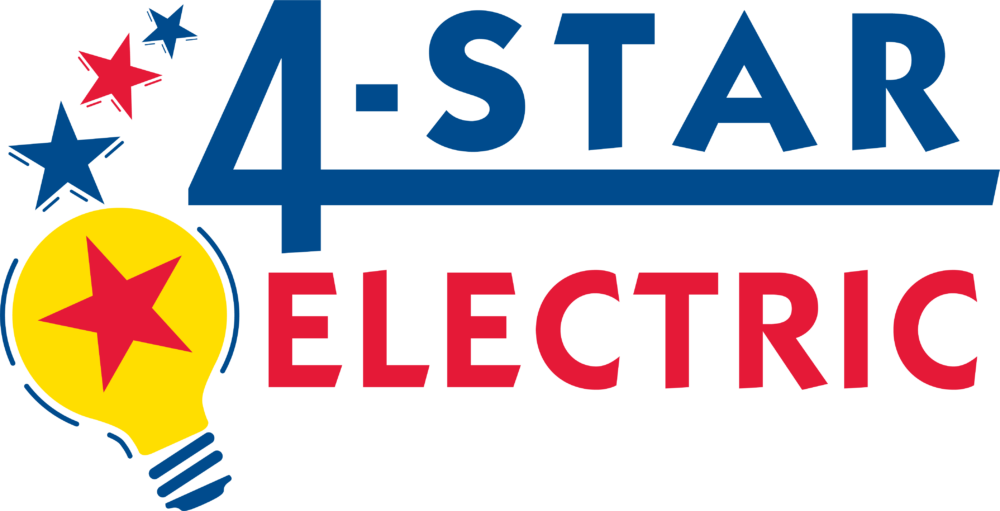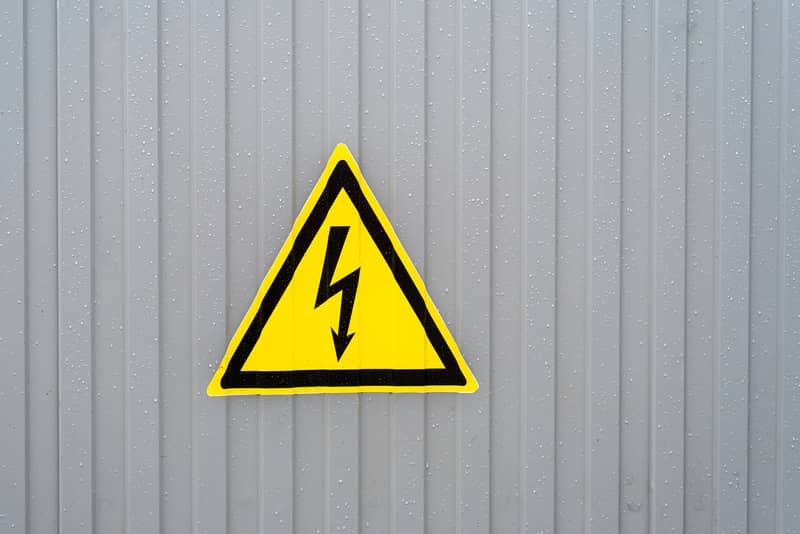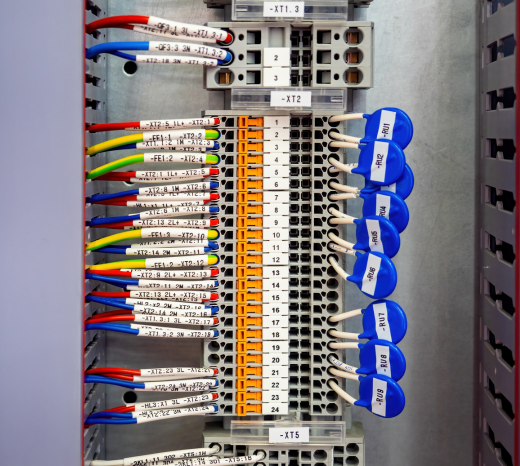When it comes to choosing the best lighting for any home or commercial building, you may want to consider whether the building is low voltage or line voltage. While there is some debate between the two voltages, it’s useful to know your low voltage from your line voltage. In this week’s article, we are going to explore the differences between the two.
Line Voltage
Most homes in Canada and the United States are configured with line voltage lighting. This system supplies 120 volts to the lighting fixtures, directly from the breakers. As this is the standard voltage in most electrical outlets, line voltage fixtures typically don’t require a special transformer to operate properly.
Low Voltage
Low voltage lighting systems uses 12 or 24 volts to power its fixtures. As line voltage systems come in at 120 volts, low voltage systems require a transformer so as not to immediately burn out the bulbs. The transformer itself needs to be installed relatively close to the light fixture in order to function properly.
Are There Further Differences?
By understanding what each of these voltages do, how they do it, and how it impacts your building, you can make fully-informed decisions about your lighting. However, as electrical technology and understanding progresses, many differences between these systems become no longer relevant or are only a myth.
- Size & Style: Due to the lower voltage allowing for smaller filaments as well as the capabilities of remote transformers, low-voltage lighting allows you to use smaller fixtures than you can with line-voltage. Line-voltage lights will typically be larger, due to needing to handle higher currents.
- Light Quality: Previously, low-voltage lighting appeared brighter and sharper than lighting that ran off of line-voltage. While many experts argue the validity of this statement, modern light fixtures allow for a more diverse output.
- Lifespan: This is another difference that sees disagreement among experts. While conventional opinion says that low-voltage has a longer lamp-life, one must also consider that the transformers that they run off of eventually need repair or replacement. In reality, we see little difference in the rated life of the different kinds of lights, and the longer lifespan can go one way or another.
While understanding the difference between low-voltage and line-voltage is beneficial to your lighting choices, the lighting industry has advanced a lot in the past ten years that there is a lot of outdated information out there. If you want to learn more about voltages and energy efficiency, the licensed and experienced electricians at 4-Star Electric can help! Contact us today to get started.




